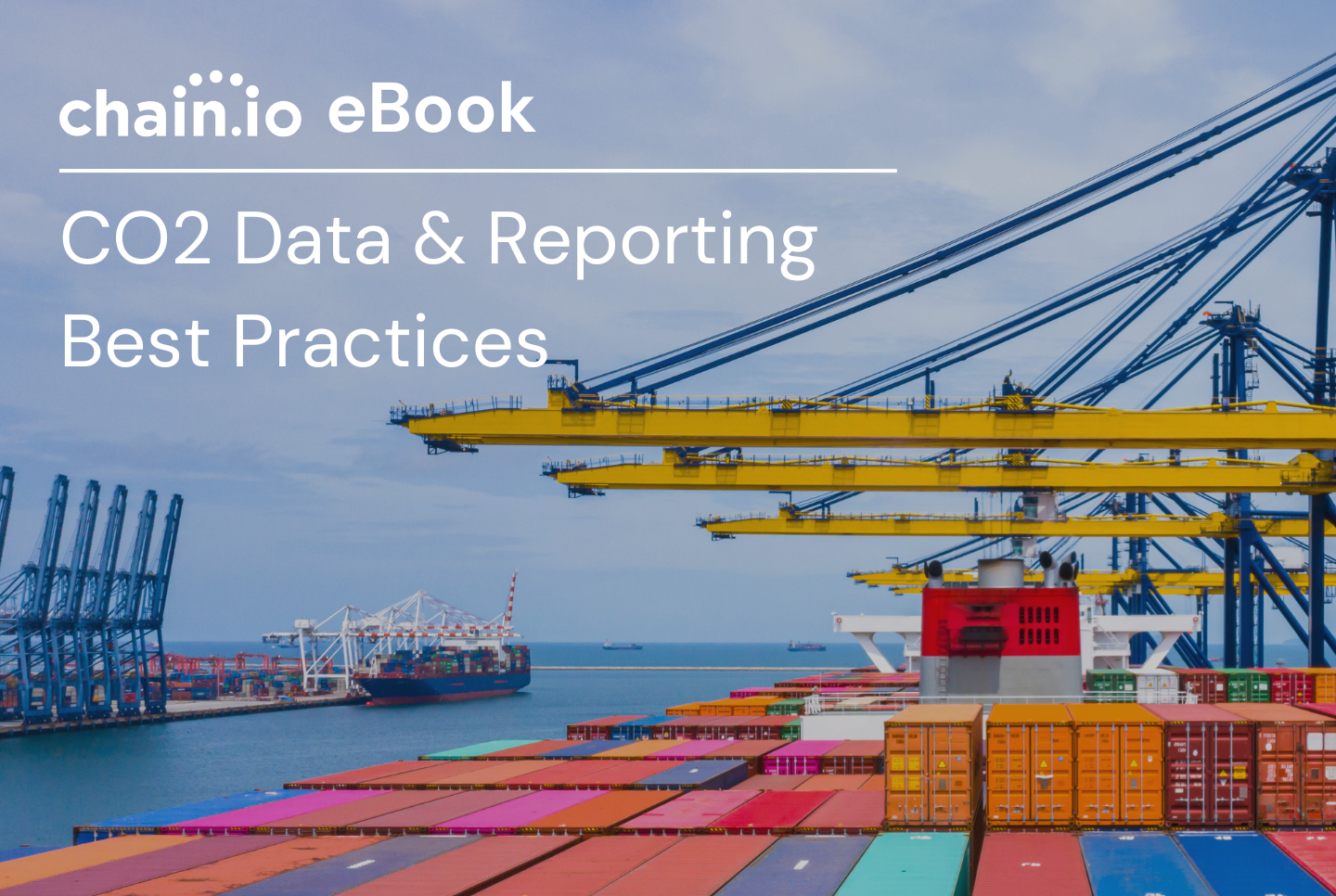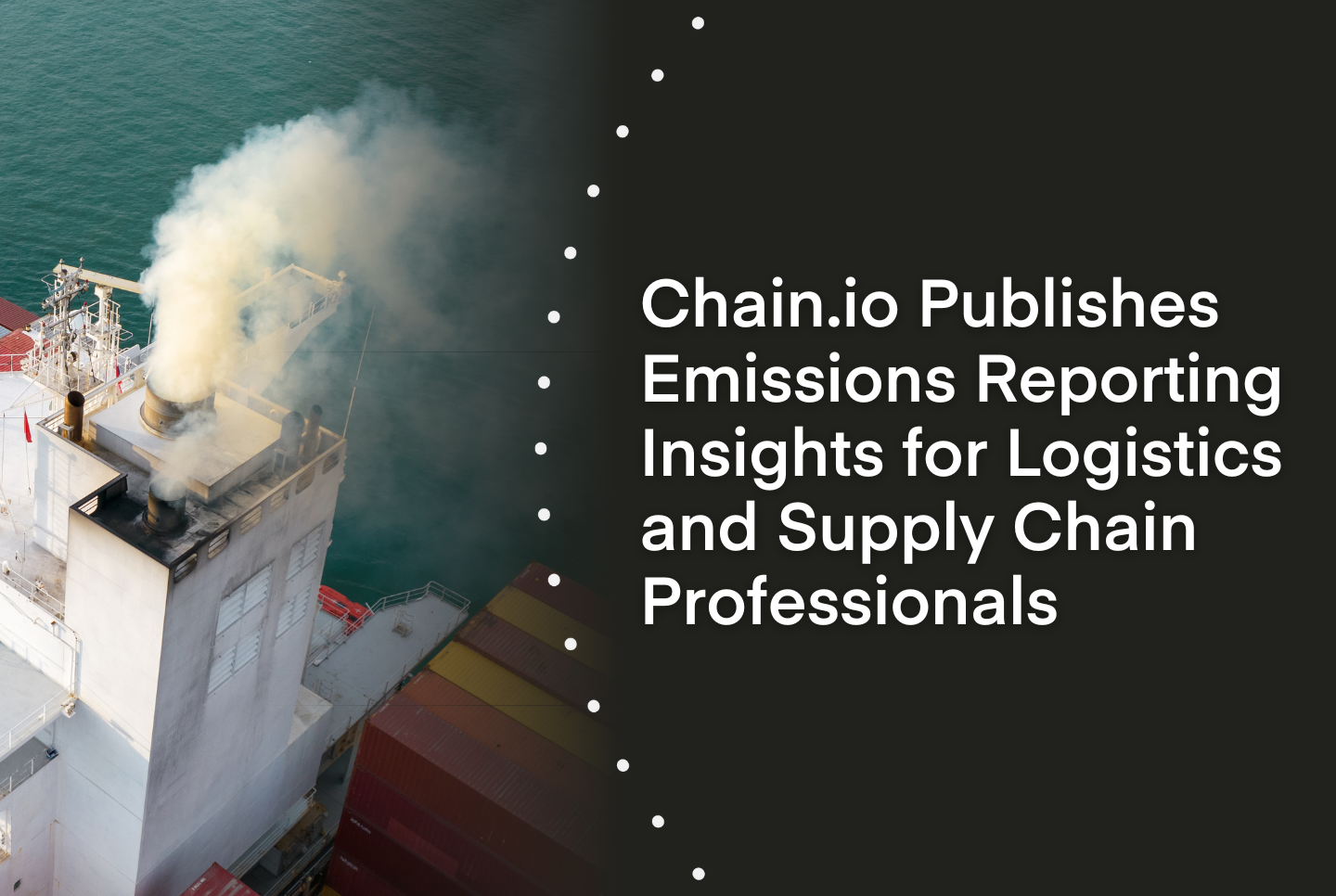Sustainability is rapidly becoming a central focus in the supply chain industry, driven by a global effort to lessen the impact of climate change. This shift is not just a matter of environmental responsibility, but is increasingly seen as crucial for long-term business growth and compliance. Of the motivations for companies to implement sustainable practices, becoming compliant with new regulations was one of the top reasons reported in our industry survey.
Download the ResearchKey Regulations Reshaping the Industry
EU Emissions Trading System (ETS)
A cornerstone of the EU's policy to combat climate change, the ETS regulations work on a "cap and trade" principle, where a cap is set on the total amount of certain greenhouse gasses that can be emitted by organizations in a particular system. Companies receive or buy emission allowances, which they can trade with one another as needed.
- Region: European Union
- Industry Focus: Major industries including power and heat generation, energy-intensive industries, and aviation within the EU.
- Compliance Requirements: Companies must hold emission allowances, each representing a tonne of CO2, equivalent to their emissions. These allowances can be traded, incentivizing reductions in emissions.
EU Carbon Border Adjustment Mechanism (CBAM)
Introduced as part of the European Union's Green Deal, the CBAM is a policy aimed at preventing carbon leakage and promoting cleaner industrial production. It functions by imposing a carbon price on imports of certain goods from outside the EU, based on their carbon content. This mechanism is designed to ensure that ambitious climate action in Europe does not lead to 'carbon leakage'—where companies transfer production to countries with less stringent emissions constraints.
- Region: European Union
- Industry Focus: Initially targeting sectors at high risk of carbon leakage, including cement, electricity, fertilizer, iron and steel, and aluminum. The scope is expected to expand over time
- Compliance Requirements: Importers will need to purchase carbon certificates corresponding to the carbon price that would have been paid if the goods had been produced under the EU's carbon pricing rules. The amount of emissions embedded in the imported goods will be calculated, and a corresponding number of certificates will need to be surrendered annually
The CBAM is designed to work in tandem with the EU ETS, creating a balanced and fair approach to global trade and emissions reduction. It aims to motivate non-EU countries to step up their climate efforts and ensures that EU businesses investing in green technologies are not at a competitive disadvantage. This initiative is a significant step towards global climate action, encouraging cleaner production practices worldwide.
SEC Climate Disclosure Guidance
The U.S. Securities and Exchange Commission (SEC) is also making significant strides with its proposal for climate-related disclosures for investors. This initiative aims to standardize how public companies report on their climate-related risks, including detailed disclosure of greenhouse gas emissions. This move toward standardized reporting is expected to have a considerable impact on how companies approach their emissions data.
- Region: United States
- Industry Focus: Publicly traded companies.
- Compliance Requirements: Disclosure of climate-related risks, financial statement metrics related to climate, and a company’s greenhouse gas emissions, in line with the goal of providing investors with detailed, consistent, and comparable data on these risks.
California Climate Corporate Accountability Act
This act requires large companies operating in California to disclose their carbon footprint, encompassing direct and indirect emissions. This transparency is aimed at holding corporations accountable for their part in contributing to climate change. (California Climate Corporate Accountability Act)
- Region: California, USA
- Industry Focus: Large companies operating within California.
- Compliance Requirements: Mandatory disclosure of carbon footprints, covering both direct and indirect emissions.
Regulations like the EU ETS and CBAM, the SEC’s Climate Disclosure guidance, and the California Climate Corporate Accountability Act are just the beginning of a long list of new regulations. Our survey indicates a growing awareness of the impending reporting requirements among LSPs and shippers, yet there's a gap between this awareness and actionable steps toward compliance.
Regulations Impact Across Logistics and Transportation
New regulations introduced in 2024 will likely include further enhancements to existing frameworks, such as stricter emission targets under the EU ETS and expanded reporting requirements in various regions, which will have impacts across transportation and logistics.
These impacts include:
- Emissions Scrutiny: This sector will see a sharper focus on reducing transport-related emissions. For instance, the International Maritime Organization (IMO) has set a target to reduce total annual GHG emissions from international shipping by at least 50% by 2050 compared to 2008 levels.
- Green Logistics Solutions: Companies are increasingly exploring electric vehicles (EVs) for last-mile delivery, biofuels for shipping, and even drone delivery systems. DHL, for example, has been incorporating EVs and alternative fuel vehicles into its fleet to reduce emissions.
- Route and Load Optimization: Advanced software for route optimization and load planning can significantly cut down on unnecessary miles traveled and fuel consumed. Technologies like AI and machine learning play a pivotal role in creating more efficient logistics networks.
Become Compliant with Carbon Reporting Regulations
As we navigate the evolving landscape of CO2 regulations and sustainability initiatives, it's clear that the future of logistics and supply chain management is linked to greener practices. Proactive compliance is no longer just a regulatory requirement; it’s a strategic imperative. By adapting to regulatory changes, companies can not only avoid penalties but also unlock opportunities for innovation, efficiency, and competitive advantage.
At Chain.io, our integration platform is not just a tool for data transformation and compliance; it's a catalyst for transformation. By facilitating connections between your systems for better visibility on your emissions data, Chain.io empowers businesses to make data-driven decisions that align with both regulatory requirements and sustainability goals.
Download the full report or book a call with our team of supply chain experts to learn more.
Download the ResearchBook a Call

